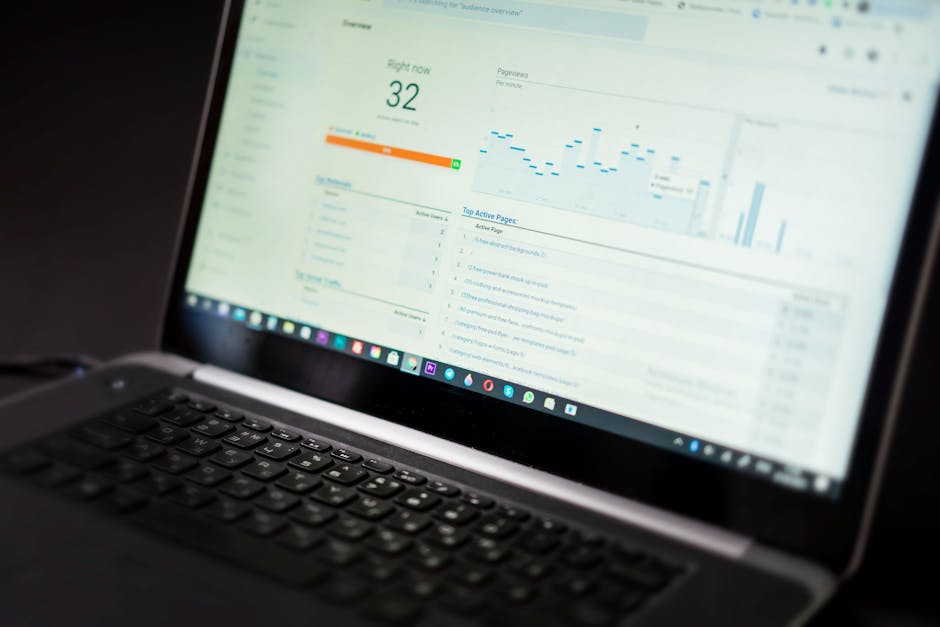Real-Time Data: The Secret Weapon for a Smarter Business
Real-Time Data: The Secret Weapon for a Smarter Business

Hey friend, let’s talk about something seriously cool: how real-time data is revolutionizing businesses. Think of it like this: instead of driving with a rearview mirror (traditional business intelligence), you’re now navigating with a super-powered GPS that updates every second. That’s the power of real-time data.
I recently read an article by Gowtham Chilakapati, a Director at Humana, who’s an expert in this area. He argues that today’s successful companies aren’t just reacting to quarterly reports; they’re constantly sensing, adapting, and making decisions based on the *now*. This isn’t about adding a few new dashboards; it’s a complete overhaul of how a company processes information and makes decisions.
Chilakapati uses the example of a national health insurer where they moved from slow, batch processing to an event-driven system. The result? Not only did they reduce errors and costs, but the entire company culture shifted. They went from being okay with delays to expecting instant responsiveness. This highlights a crucial point: real-time capability isn’t just a tech upgrade; it’s a fundamental change in how an organization operates.
The key is to identify where your business is lagging. Where are decisions made too late? What systems are slow to process information? Start small, prove the value of real-time data, and reinforce this new, faster way of working. Think of it as building a “real-time muscle” within your company.
Chilakapati also emphasizes the importance of embedding AI *within* the real-time flow, not just tacking it on as an afterthought. He talks about Humana’s P-RAG (Perception-Augmented Retrieval-Augmented Generation) systems. Unlike traditional systems that rely on static data, P-RAG incorporates contextual cues (tone, visuals, system states) into the AI’s reasoning, resulting in faster, more relevant responses. This creates a dynamic feedback loop: every interaction makes the next one smarter.
This isn’t just about technology, though. It’s about a cultural shift towards trust, iteration, and continuous learning. Chilakapati outlines some key principles:
- Start at the edge: Embed AI where decisions are made, not just in analytics labs.
- Train in flow: Your model improves only as fast as your feedback loops.
- Build for transparency: Traceability and explainability are essential, especially in regulated industries.
He also stresses the importance of “platformization,” not just cloud migration. This means creating reusable data services and APIs, allowing teams to innovate faster. This involves things like inventorying existing systems, creating a catalog of reusable services, and making modernization a company-wide priority, not just a tech project.
Ultimately, the future of business success lies in adaptive enterprises that thrive on real-time insights. It’s about embracing responsiveness, continuous learning, and a keen sensitivity to the signals around you. This isn’t just a theoretical concept; Chilakapati has seen it work in highly regulated industries. The companies that win aren’t those with the biggest budgets, but those that can act at the speed of relevance.
Disclaimer: This content is aggregated from public sources online. Please verify information independently. If you believe your rights have been infringed, contact us for removal.